In today’s global trade landscape, the transportation of hazardous materials, commonly known as hazmat, presents unique challenges that require specialized logistics expertise. Hazmat Freight Forwarding is a specialized segment of freight forwarding dedicated to the safe and compliant movement of hazardous substances, which can include corrosive chemicals, flammable materials, and toxic agents. Given the potential risks associated with these materials, including adverse effects on health, safety, and the environment, it is imperative for businesses engaged in hazmat shipping to select a knowledgeable freight forwarder. This guide explores the importance of choosing the right hazmat freight forwarder, key considerations for shipping hazardous materials from China to the Netherlands, and the critical processes involved in ensuring compliance and safety throughout the transportation journey.
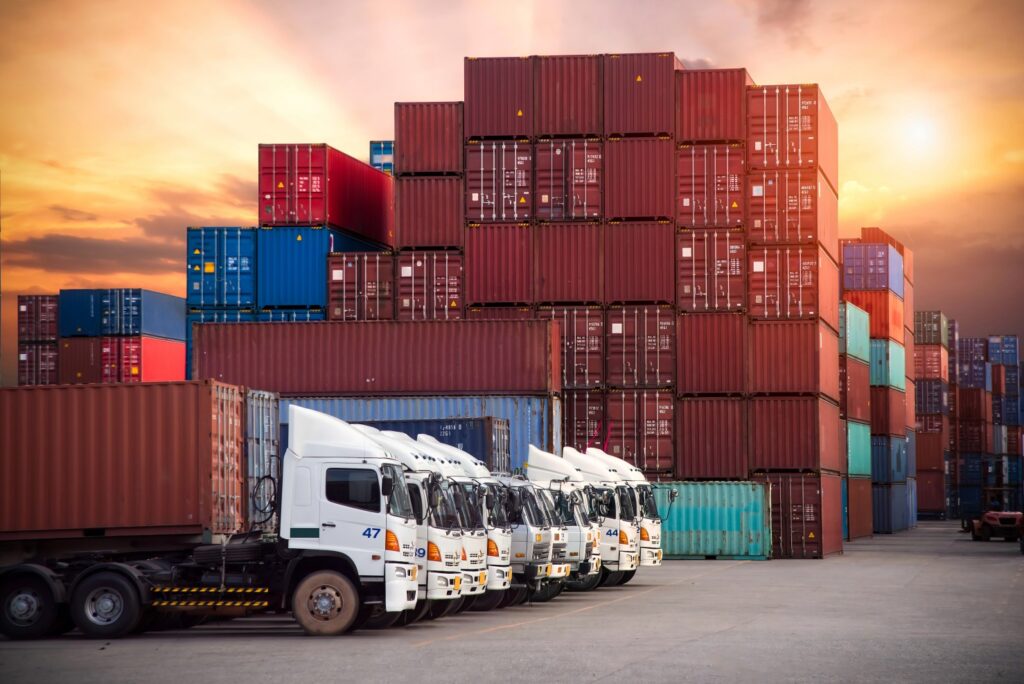
Understanding Hazmat Freight Forwarding
What is Hazmat Freight Forwarding?
Hazmat Freight Forwarding refers to the specialized logistics processes involved in transporting hazardous materials (hazmat) safely and efficiently. These materials can pose risks to health, safety, and the environment, necessitating stringent regulations and practices during their transportation. Hazmat includes substances that can be flammable, corrosive, reactive, or toxic, such as chemicals, certain batteries, and radioactive materials.
Freight forwarders specializing in hazmat logistics ensure compliance with international regulations, such as the International Air Transport Association (IATA) rules for air freight and the International Maritime Dangerous Goods (IMDG) Code for sea transport. Their role encompasses a range of services from packaging and labeling to documentation and customs clearance, tailored to the intricacies of transporting hazardous goods.
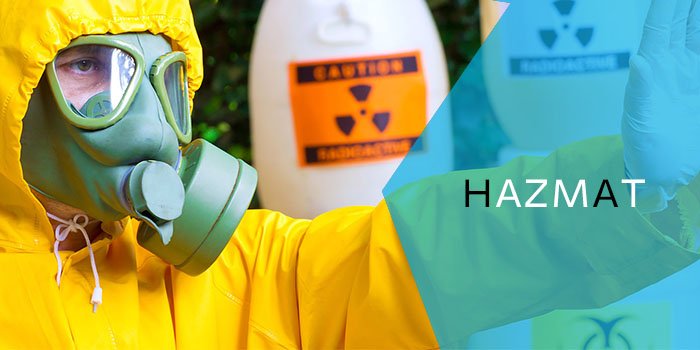
Importance of Choosing the Right Hazmat Freight Forwarder
Selecting the right hazmat freight forwarder is crucial for several reasons:
-
Compliance with Regulations: Different countries have varied regulations for shipping hazmat. A knowledgeable freight forwarder ensures that shipments comply with local and international laws, reducing the risk of fines and shipment delays.
-
Safety Assurance: Hazmat materials require careful handling and transportation. Experienced freight forwarders are equipped with the necessary protocols and safety measures to mitigate risks during transit. This includes training personnel and employing specialized equipment for hazardous cargo.
-
Cost-Efficiency: A proficient freight forwarder can help optimize shipping routes and modes, which significantly impacts overall transportation costs. They can also advise on packaging solutions that adhere to regulations while minimizing costs.
-
Streamlined Processes: Hazmat freight forwarding involves extensive documentation. A skilled forwarder handles all necessary paperwork, including Material Safety Data Sheets (MSDS) and customs declarations, ensuring a smooth shipping process.
-
Reputation Management: Partnering with an authoritative hazmat freight forwarder enhances a company’s reputation in the market. Clients can trust that their materials are being handled by professionals who prioritize safety and compliance.
Key Considerations for Hazmat Shipping from China to the Netherlands
When shipping hazmat materials from China to the Netherlands, several crucial considerations must be addressed to ensure a safe and compliant process.
Choice of Transportation Modes (Sea, Air, Multimodal)
The selection of the transportation mode is a vital aspect of hazmat shipping. Each mode has its pros and cons based on factors such as cost, transit time, and the nature of the hazardous materials.
| Transportation Mode | Advantages | Disadvantages |
|---|---|---|
| Sea Freight | Cost-effective for large volumes; suitable for bulk shipping | Longer transit times; limited availability for certain hazardous materials |
| Air Freight | Fastest shipping option; widely available | Higher shipping costs; stricter regulations |
| Multimodal | Flexibility in routing; can optimize costs and time | Requires coordination between different service providers; increased complexity |
Choosing the appropriate mode should take into consideration the nature of the hazmat, the urgency of the shipment, and budget constraints.
Packaging and Labeling Requirements
Hazardous materials must be packaged and labeled according to stringent regulations. This includes using approved containers that can withstand specific environmental conditions and ensuring that they are clearly marked with appropriate hazard labels.
It’s essential to follow the United Nations (UN) classification system for hazardous materials and adhere to guidelines set by regulatory agencies. Proper labeling not only ensures compliance but also aids emergency responders in case of an incident during transport.
To assist in compliance, here are some key elements of proper packaging and labeling:
| Element | Description |
|---|---|
| UN Number | A four-digit number designating hazardous materials |
| Hazard Class | A category indicating the type of risk posed |
| Proper Shipping Name | The official name used for the hazardous material |
| Handling Instructions | Specific instructions for safe handling and storage |
Documentation and Declaration Processes
Documentation is a pivotal aspect of hazmat shipping, particularly when crossing international borders. Freight forwarders must ensure that all required documents are accurately completed and submitted. Key documents include:
- Material Safety Data Sheets (MSDS): Provides detailed information about the hazardous material being shipped.
- Dangerous Goods Declaration: A form certifying the shipment’s compliance with hazardous materials regulations.
- Customs Declarations: Required for customs clearance at both the origin and destination.
Failure to provide accurate documentation can lead to delays, fines, and potential legal issues. Therefore, working with a knowledgeable freight forwarder like Dantful International Logistics can significantly ease the burden of handling documentation and ensure compliance throughout the shipping process.
When importing hazmat from China to the Netherlands, partnering with a professional freight forwarder not only streamlines the logistics process but also enhances safety and compliance. Dantful provides A Highly Professional, Cost-effective And High-quality, One-Stop International Logistics Service for global traders, making it a reliable choice for managing hazmat shipping needs.
Read More:
- Shipping From China To Netherlands
- Shipping From China To Spain
- Shipping From China To Germany
- Shipping From China To France
- Shipping From China to Italy
- Shipping From China To Poland
- Shipping From China to United Kingdom
Role of Specialized Hazmat Freight Forwarders
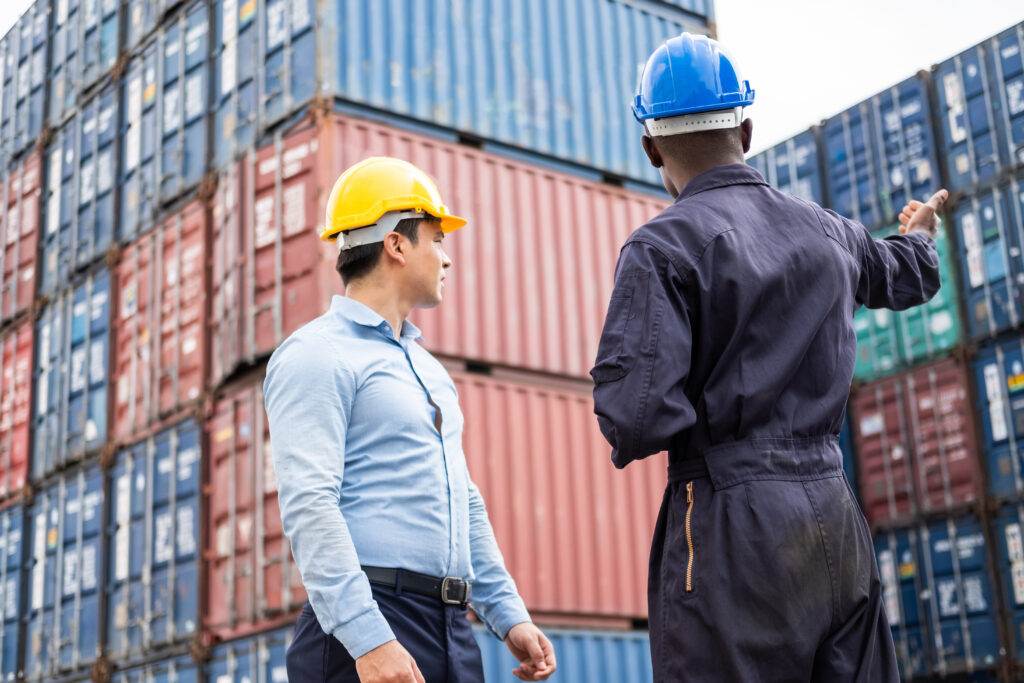
Expertise in Hazmat Regulations
Specialized hazmat freight forwarders possess in-depth knowledge of the myriad regulations governing the transportation of hazardous materials. This expertise encompasses both international and local laws, including compliance with the United Nations Model Regulations, as well as specific rules set by agencies such as the Occupational Safety and Health Administration (OSHA) and the Environmental Protection Agency (EPA).
Understanding these regulations ensures that all aspects of hazmat shipping—from packaging to labeling and handling—meet the required safety standards. Forwarders are adept at interpreting these regulations and advising shippers on the necessary precautions and compliance measures. By leveraging their expertise, shippers can significantly reduce the risk of penalties and delays resulting from non-compliance.
Risk Assessment and Mitigation
Effective risk assessment is a cornerstone of hazmat freight forwarding. Specialized forwarders evaluate the potential risks associated with transporting hazardous materials, including the likelihood of spills, leaks, or other accidents. This assessment involves analyzing factors such as the nature of the material, the mode of transportation, and the specific routes taken.
In addition to identifying risks, hazmat forwarders develop mitigation strategies to address these concerns. This may include recommending specific packaging techniques, selecting appropriate carriers with the right certifications, and establishing emergency response protocols. By anticipating potential issues, forwarders help ensure the safe transit of hazardous materials and protect the interests of all stakeholders involved.
Proper Documentation Handling
Handling documentation for hazmat shipping requires meticulous attention to detail. Freight forwarders are responsible for preparing and submitting various documents that confirm compliance with regulatory requirements. This includes:
- Material Safety Data Sheets (MSDS), outlining the properties and hazards of the material.
- Dangerous Goods Declarations, certifying that the shipment complies with hazardous materials transport regulations.
- Customs declarations, which are critical for ensuring smooth passage through international borders.
Failure to properly manage these documents can create significant delays and legal complications. Specialized freight forwarders ensure that all paperwork is accurate and timely, streamlining the shipping process and helping to avoid potential disruptions.
Coordination with Carriers and Customs Authorities
Effective coordination between carriers and customs authorities is essential in the hazmat shipping process. Specialized freight forwarders act as intermediaries, facilitating communication and collaboration between all parties involved in the transportation chain. This coordination includes:
- Selecting appropriate carriers that are equipped to handle hazmat shipments safely.
- Ensuring that carriers meet all regulatory requirements for transporting hazardous materials.
- Communicating with customs authorities to secure timely clearance and address any potential issues that may arise.
By maintaining these connections and ensuring effective communication, hazmat freight forwarders play a critical role in minimizing delays and enhancing the overall efficiency of the shipping process.
You may be interested in the following related articles:
- Why Door to Door Shipping from China to Switzerland is the Future of Logistics
- The Ultimate Guide to Door to Door Shipping from China to Norway
- Step-by-Step Process of Door to Door Shipping from China to Uganda
- The Benefits of Choosing Door to Door Shipping from China to Kenya
- Door to Door Shipping from China to Hungary: A Step-by-Step Process
- The Ultimate Guide to Door to Door Shipping from China to Iran
Selecting the Right Freight Forwarder from China to the Netherlands
Qualifications and Expertise
When choosing a freight forwarder for hazmat shipping from China to the Netherlands, it’s crucial to assess their qualifications and expertise. Look for forwarders with certifications in hazardous materials handling, such as IATA Dangerous Goods Regulations and IMDG Code compliance. A forwarder with a proven track record in managing hazmat logistics will be better equipped to navigate the complexities of international shipping and ensure compliance with all regulatory frameworks.
Service Scope and Network Coverage
A comprehensive understanding of the service scope and network coverage of a freight forwarder is vital. The ideal forwarder should offer a wide range of services tailored to hazmat shipping, including:
- Specialized packaging solutions
- Customs clearance assistance
- Coordination of multimodal transport options
Moreover, they should have a robust network that can facilitate timely and efficient movement of goods. A forwarder with strong partnerships and connections in both China and the Netherlands will help streamline the shipping process and minimize the risk of delays.
Safety Record and Reputation
The safety record and overall reputation of a freight forwarder should be a top consideration. Investigate their history regarding accidents, compliance violations, and customer reviews. A forwarder with a strong safety record demonstrates a commitment to best practices in hazmat handling, which is vital for ensuring the safe transport of hazardous materials.
Engaging a reputable freight forwarder can also provide peace of mind, knowing that they prioritize safety and compliance in every step of the shipping process.
For businesses seeking a reliable partner in hazmat shipping, Dantful International Logistics stands out as a premier choice. They offer A Highly Professional, Cost-effective And High-quality, One-Stop International Logistics Service Provider For Global Traders. With extensive expertise in hazmat regulations, a proven safety record, and a comprehensive service offering, Dantful is well-equipped to manage your hazardous material shipping needs from China to the Netherlands.
Dantful International Logistics Services:
- Dantful Ocean Freight Services
- Air Freight From China
- Amazon FBA Freight Forwarding
- WAREHOUSE Services
- One-Stop Customs Clearance Solution
- Cargo Insurance Services in China
- DDP Shipping Services By Dantful Logistics
- Out of Gauge Cargo Transportation Shipping Services
Hazmat Transportation Process
The hazmat transportation process involves several critical steps that ensure the safe and compliant movement of hazardous materials from one location to another. Below is a detailed breakdown of each phase in the process.
Booking and Planning
The journey of hazardous materials begins with booking and planning. This phase involves several key actions:
-
Assessment of Requirements: The shipper must first assess the nature of the hazardous materials being shipped, including their classification, quantity, and any specific restrictions or requirements for transport.
-
Selecting a Freight Forwarder: Engaging a qualified hazmat freight forwarder is crucial. This expert will help navigate regulations, identify the best transportation modes, and ensure that all necessary documentation is in order.
-
Route Optimization: Planning the most efficient and safest route for transporting the hazmat is essential. This involves considering factors such as the type of material, potential environmental impact, and regional regulations.
-
Booking Transportation: Once the planning is complete, the next step is to book the transportation, ensuring that carriers have the necessary certifications and capabilities to handle hazardous materials.
Packaging and Labeling Inspection
Before transportation can commence, it is vital to ensure that packaging and labeling meet regulatory standards. This involves:
-
Compliance with Standards: Packaging must conform to the UN standards for hazardous materials, which include specific requirements related to container types, strength, and integrity.
-
Inspection for Quality: A thorough inspection of the packaging materials ensures that they are suitable for the type of hazmat being transported. This includes checking for any signs of damage or deterioration.
-
Labeling: Proper labeling is crucial for safety during transportation. Labels must clearly indicate the type of hazard, include the UN number, and provide handling instructions. Forwarders typically conduct inspections to ensure compliance with these labeling requirements.
Customs Clearance
Navigating customs clearance is a critical aspect of hazmat transportation, especially when crossing international borders. Key elements include:
-
Preparation of Documentation: All necessary documents, such as the Material Safety Data Sheets (MSDS), Dangerous Goods Declarations, and customs forms, must be prepared and submitted to the appropriate authorities.
-
Compliance Verification: Customs authorities will verify that the shipment complies with all regulatory requirements. It is essential to work closely with customs officials to avoid any complications or delays.
-
Duties and Taxes: Understanding potential duties and taxes associated with hazmat shipments is important. A knowledgeable freight forwarder can help navigate these fees and ensure all costs are accounted for.
Transportation and Tracking
Once customs clearance is obtained, the actual transportation of hazardous materials can begin. This phase involves:
-
Transporting the Hazmat: The selected carrier will transport the shipment using the planned route. It is crucial that they possess the necessary certifications and equipment to handle hazmat safely.
-
Real-Time Tracking: Utilizing technology for tracking shipments in real time enhances visibility and security. Freight forwarders often provide updates on the status and location of the shipment throughout the transportation process.
-
Emergency Preparedness: Carriers should be equipped with emergency response plans and equipment in case of an incident during transport. This readiness is essential for managing potential hazards effectively.
Destination Delivery
The final phase of the hazmat transportation process is destination delivery, which entails:
-
Receiving the Shipment: Upon arrival at the destination, the receiving party must carefully inspect the shipment for damage and confirm that all documentation is in order.
-
Compliance with Local Regulations: The delivery process must comply with local regulations regarding the handling and storage of hazardous materials. This may include specific protocols for unloading and storing the hazmat safely.
-
Final Documentation: Completing all necessary documentation, including delivery confirmations and any reports required by local authorities, is vital for maintaining regulatory compliance and ensuring that the entire transportation process is properly documented.
Common Challenges and Solutions
Navigating the complexities of hazmat transportation can present several challenges. Understanding these issues and their solutions can facilitate smoother operations.
Regulatory Compliance
Challenge: The dynamic nature of international regulations regarding hazmat transport can be daunting. Different countries have varying requirements, and failing to comply can result in severe penalties.
Solution: Partnering with an experienced hazmat freight forwarder can mitigate this challenge. These professionals stay up-to-date with the latest regulations and can provide guidance to ensure all aspects of the shipment adhere to international standards. Regular training sessions for staff on compliance issues can also be beneficial.
Safety Management
Challenge: The inherent risks associated with transporting hazardous materials necessitate robust safety management practices. Accidents can lead to serious consequences, including environmental damage and health risks.
Solution: Implementing comprehensive safety protocols is essential. This includes conducting regular risk assessments, providing training for all personnel involved in handling hazmat, and ensuring that emergency response plans are in place. Utilizing technology for real-time monitoring can also enhance safety during transportation.
Cost Control
Challenge: The costs associated with hazmat transportation can be significant, especially if there are delays, fines, or unexpected incidents.
Solution: A strategic approach to cost control involves optimizing shipping routes, selecting the most cost-effective transportation methods, and ensuring that all documentation is accurate to avoid penalties. Freight forwarders like Dantful International Logistics can help identify cost-saving opportunities while maintaining safety and compliance. Their expertise in door-to-door shipping services offers global traders a highly professional, cost-effective, and high-quality logistics solution.
Dantful’s integrated services ensure that you have a reliable partner in managing the complexities of hazmat shipments, ultimately helping to reduce costs while ensuring safety and compliance.
Here are some frequently asked questions (FAQs) that users might have regarding Hazmat Freight Forwarding based on the content provided:
FAQs
- What is Hazmat Freight Forwarding?
- Hazmat Freight Forwarding involves the specialized logistics processes necessary for the safe and efficient transportation of hazardous materials, which can pose risks to health, safety, and the environment. Freight forwarders ensure compliance with international regulations and manage services including packaging, labeling, and customs clearance.
- Why is it important to choose the right hazmat freight forwarder?
- Selecting the right forwarder is crucial for ensuring compliance with regulations, enhancing safety during transport, optimizing costs, streamlining processes, and maintaining a good reputation in the market.
- What are the key considerations when shipping hazmat from China to the Netherlands?
- Key considerations include choice of transportation modes (sea, air, or multimodal), adherence to packaging and labeling requirements, and accurate documentation to ensure compliance with international shipping regulations.
- What are the packaging and labeling requirements for hazmat materials?
- Hazmat materials must be packaged in approved containers and labeled according to regulatory standards, including the UN classification system, to ensure both compliance and safety during transport.
- What documentation is required for hazmat shipping?
- Essential documents include Material Safety Data Sheets (MSDS), Dangerous Goods Declarations, and customs declarations, which are crucial for ensuring compliance and smooth transportation.
- How do specialized hazmat freight forwarders manage risk?
- Specialized forwarders conduct risk assessments to identify potential hazards and develop mitigation strategies, including recommending specific packaging techniques and establishing emergency response protocols.
- What qualifications should I look for in a hazmat freight forwarder?
- Look for certifications in hazardous materials handling, a proven track record in managing hazmat logistics, and expertise in compliance with regulations such as IATA Dangerous Goods Regulations and IMDG Code.
- What are the common challenges in hazmat transportation?
- Common challenges include regulatory compliance, safety management, and cost control. Partnering with an experienced freight forwarder can help navigate these issues effectively.
- How can Dantful International Logistics assist with hazmat shipping?
- Dantful provides a highly professional, cost-effective, and high-quality one-stop international logistics service for global traders. They offer extensive expertise in hazmat regulations and ensure compliance throughout the shipping process, making them a reliable partner for your hazmat shipping needs.
- What are the benefits of utilizing door-to-door shipping services for hazmat materials?
- Utilizing door-to-door shipping services streamlines the logistics process, enhances convenience, ensures compliance with regulations, and mitigates risks associated with hazmat transportation, providing peace of mind for shippers.

Young Chiu is a seasoned logistics expert with over 15 years of experience in international freight forwarding and supply chain management. As CEO of Dantful International Logistics, Young is dedicated to providing valuable insights and practical advice to businesses navigating the complexities of global shipping.
The other language versions of this article
- الدليل النهائي لاختيار وكيل شحن للمواد الخطرة من الصين إلى هولندا
- De ultieme gids voor het kiezen van een Hazmat-expediteur van China naar Nederland
- Le guide ultime pour choisir un transitaire de matières dangereuses de la Chine vers les Pays-Bas
- Der ultimative Leitfaden zur Auswahl eines Spediteurs für Gefahrguttransporte von China in die Niederlande
- La guida definitiva alla scelta di uno spedizioniere Hazmat dalla Cina ai Paesi Bassi
- La guía definitiva para elegir un agente de carga de materiales peligrosos de China a los Países Bajos
- O guia definitivo para escolher um despachante de materiais perigosos da China para a Holanda
- Полное руководство по выбору экспедитора опасных грузов из Китая в Нидерланды
- Çin’den Hollanda’ya Tehlikeli Madde Taşımacılığı Firması Seçmek İçin En İyi Kılavuz

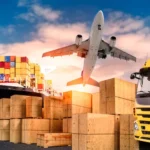

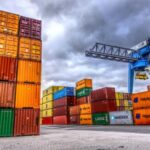
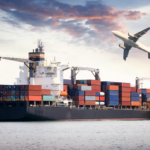
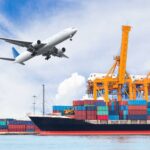


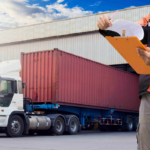


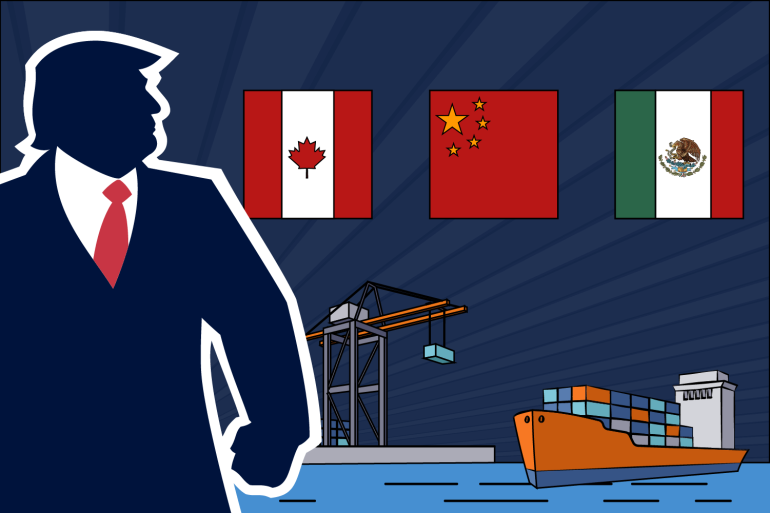
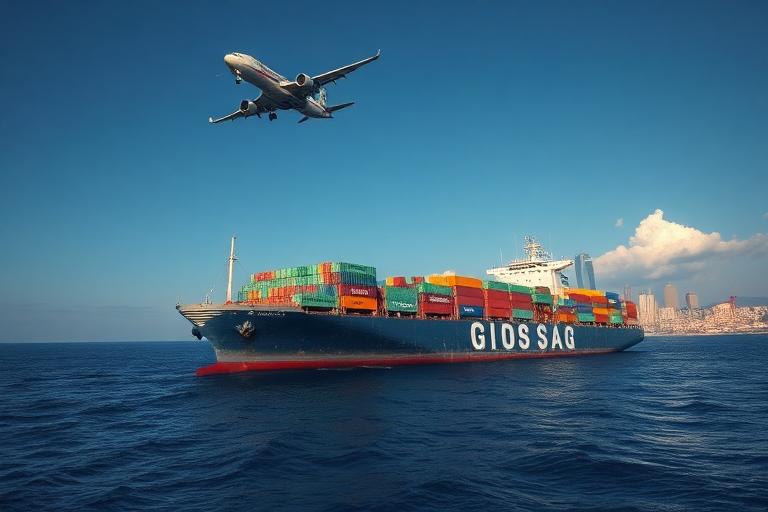
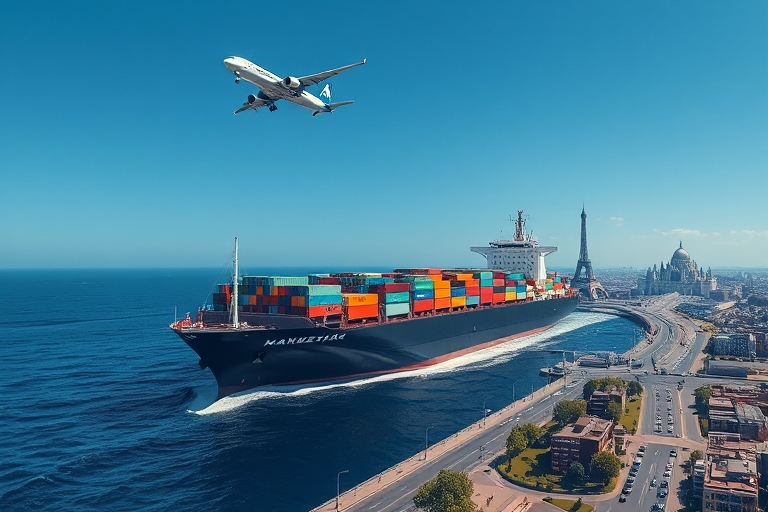
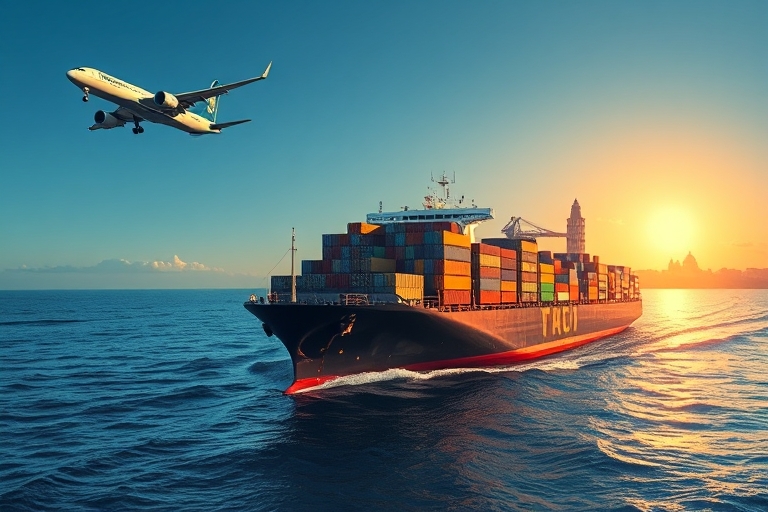
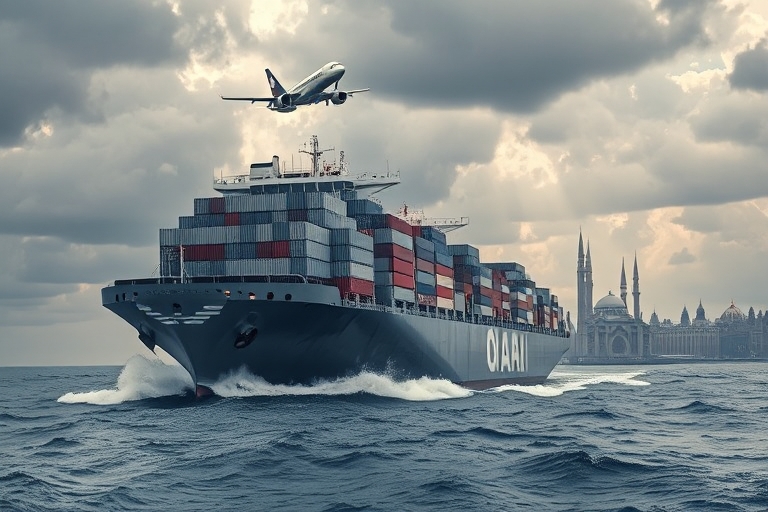





 Afrikaans
Afrikaans Shqip
Shqip አማርኛ
አማርኛ العربية
العربية Հայերեն
Հայերեն Azərbaycan dili
Azərbaycan dili Euskara
Euskara Беларуская мова
Беларуская мова বাংলা
বাংলা Bosanski
Bosanski Български
Български Català
Català Cebuano
Cebuano Chichewa
Chichewa 简体中文
简体中文 繁體中文
繁體中文 Corsu
Corsu Hrvatski
Hrvatski Čeština
Čeština Dansk
Dansk Nederlands
Nederlands English
English Esperanto
Esperanto Eesti
Eesti Filipino
Filipino Suomi
Suomi Français
Français Galego
Galego ქართული
ქართული Deutsch
Deutsch Ελληνικά
Ελληνικά Kreyol ayisyen
Kreyol ayisyen Harshen Hausa
Harshen Hausa Ōlelo Hawaiʻi
Ōlelo Hawaiʻi עִבְרִית
עִבְרִית हिन्दी
हिन्दी Hmong
Hmong Magyar
Magyar Íslenska
Íslenska Igbo
Igbo Bahasa Indonesia
Bahasa Indonesia Gaeilge
Gaeilge Italiano
Italiano 日本語
日本語 Basa Jawa
Basa Jawa ಕನ್ನಡ
ಕನ್ನಡ Қазақ тілі
Қазақ тілі ភាសាខ្មែរ
ភាសាខ្មែរ 한국어
한국어 كوردی
كوردی Кыргызча
Кыргызча ພາສາລາວ
ພາສາລາວ Latin
Latin Latviešu valoda
Latviešu valoda Lietuvių kalba
Lietuvių kalba Lëtzebuergesch
Lëtzebuergesch Македонски јазик
Македонски јазик Malagasy
Malagasy Bahasa Melayu
Bahasa Melayu മലയാളം
മലയാളം Maltese
Maltese Te Reo Māori
Te Reo Māori मराठी
मराठी Монгол
Монгол ဗမာစာ
ဗမာစာ नेपाली
नेपाली Norsk bokmål
Norsk bokmål پښتو
پښتو فارسی
فارسی Polski
Polski Português
Português ਪੰਜਾਬੀ
ਪੰਜਾਬੀ Română
Română Русский
Русский Samoan
Samoan Gàidhlig
Gàidhlig Српски језик
Српски језик Sesotho
Sesotho Shona
Shona سنڌي
سنڌي සිංහල
සිංහල Slovenčina
Slovenčina Slovenščina
Slovenščina Afsoomaali
Afsoomaali Español
Español Basa Sunda
Basa Sunda Kiswahili
Kiswahili Svenska
Svenska Тоҷикӣ
Тоҷикӣ தமிழ்
தமிழ் తెలుగు
తెలుగు ไทย
ไทย Türkçe
Türkçe Українська
Українська اردو
اردو O‘zbekcha
O‘zbekcha Tiếng Việt
Tiếng Việt Cymraeg
Cymraeg יידיש
יידיש Yorùbá
Yorùbá Zulu
Zulu